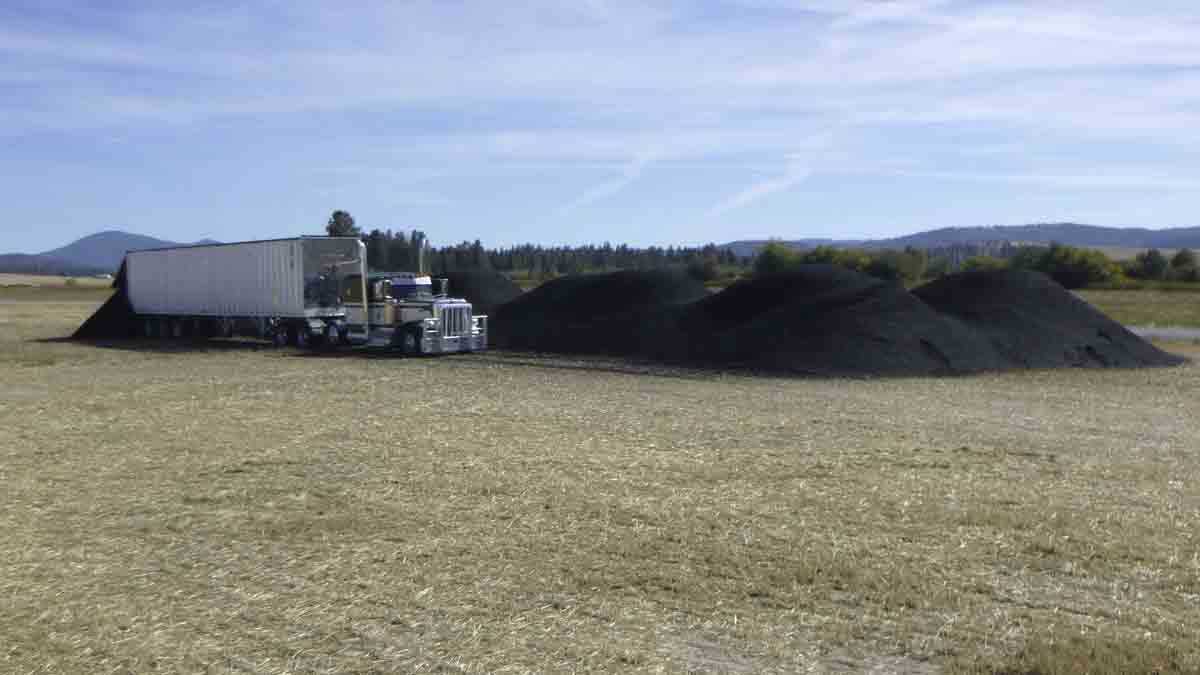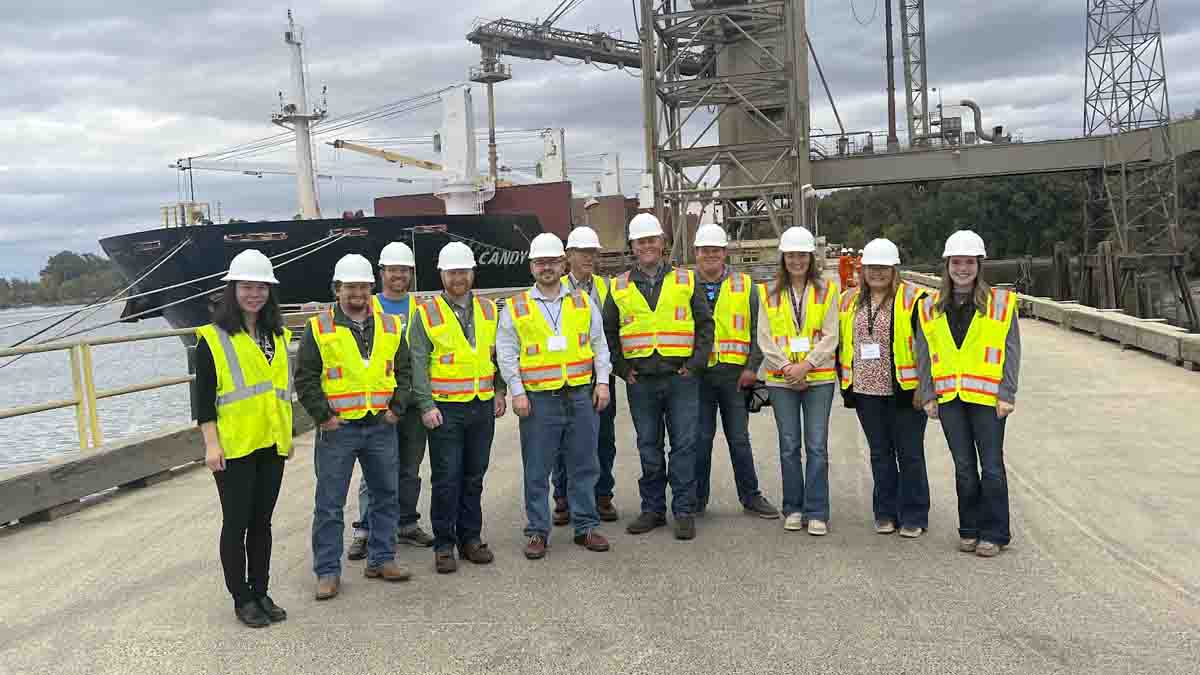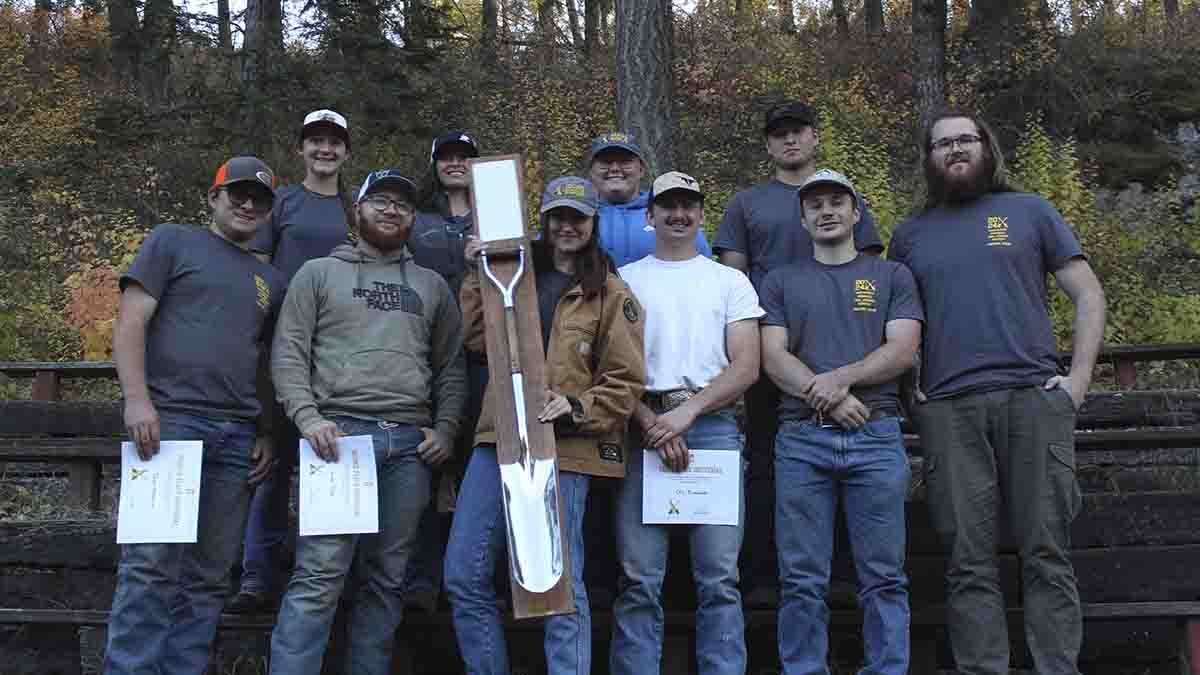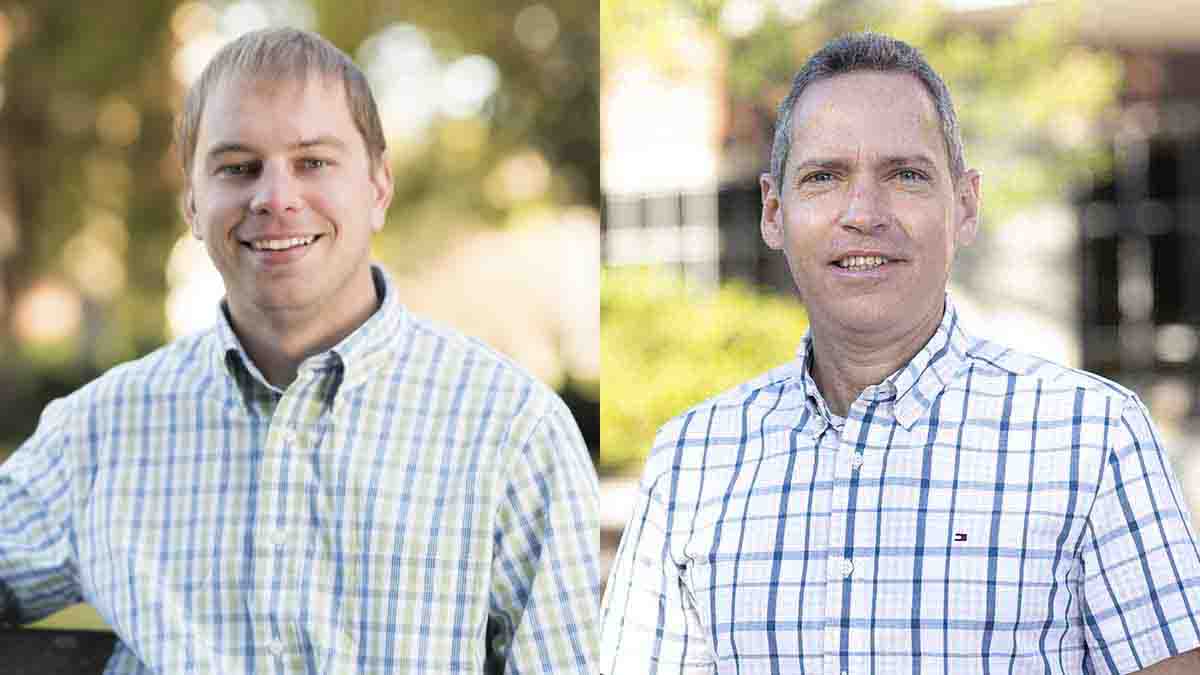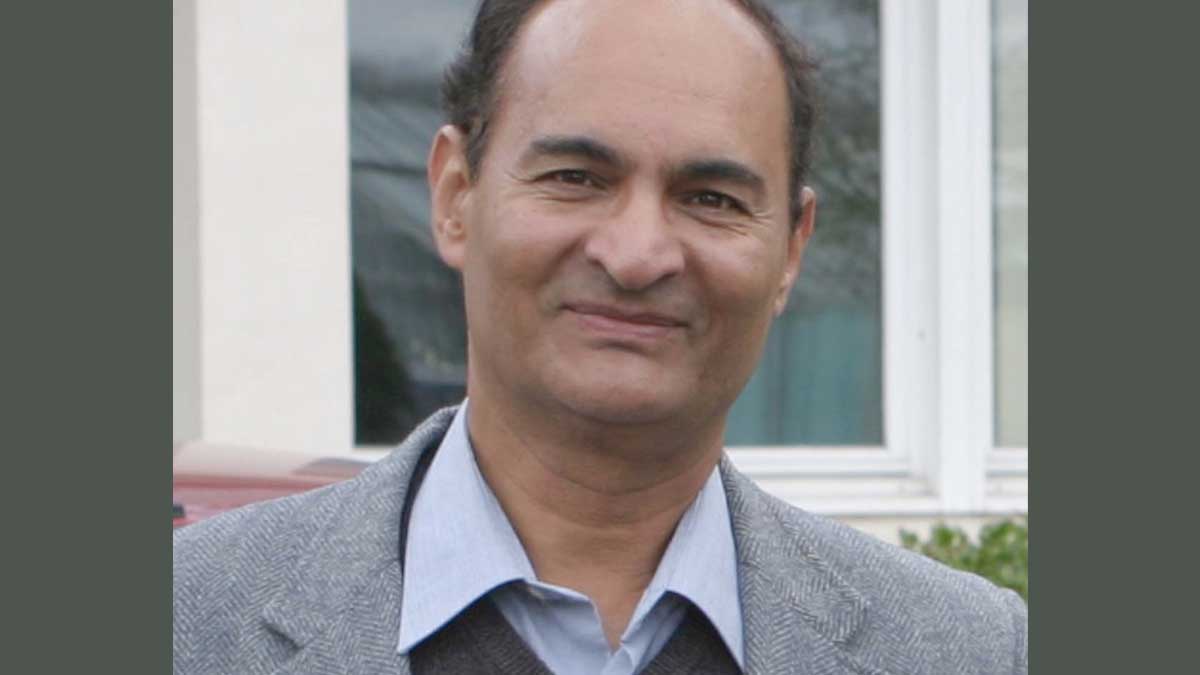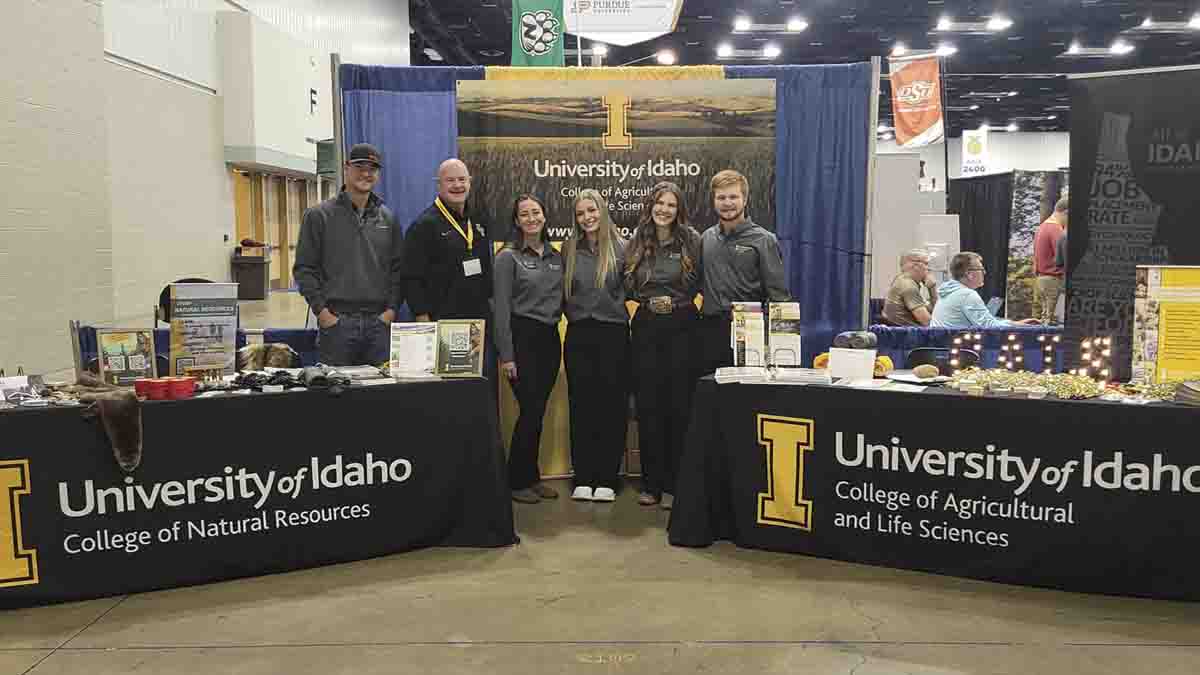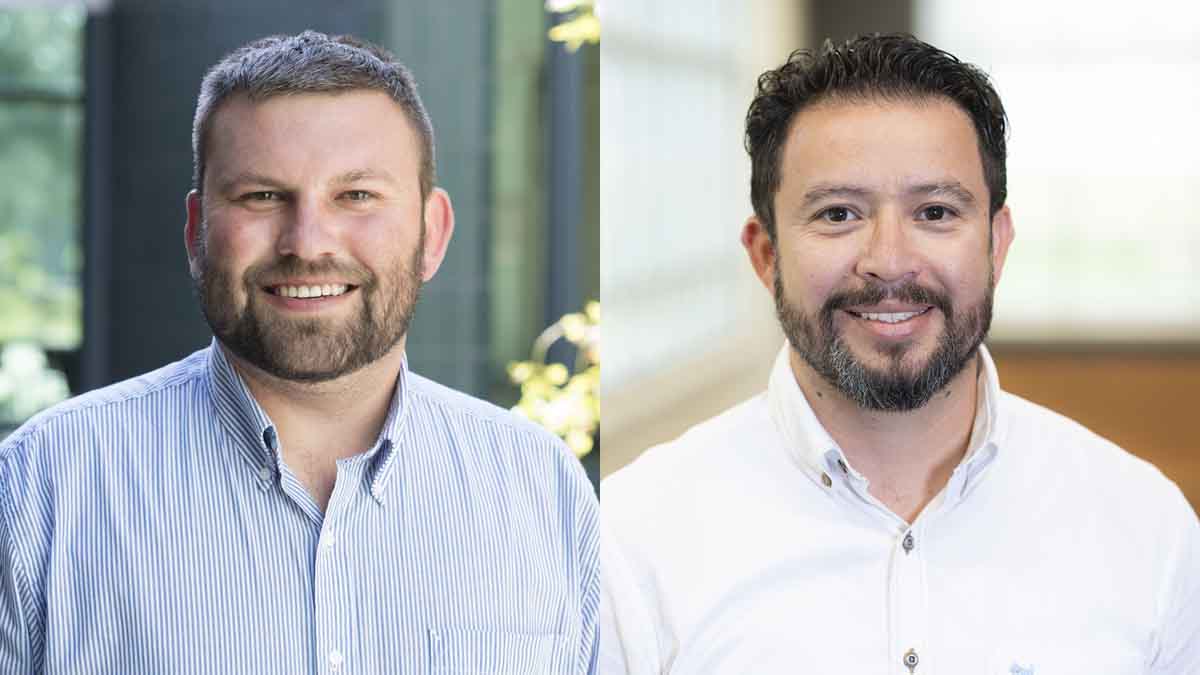Catching Up with CALS — Oct. 30, 2024
Dean's Message — Leaders in Nematology
Our College of Agricultural and Life Sciences (CALS) is positioning itself as a national leader in nematology — a research area delving into microscopic worms that have a tremendous impact on the state and its economy. When left unchecked, plant-parasitic soil nematodes can devastate yields of some of Idaho’s major commodities, including potatoes, sugarbeets, wheat and mint. They can also open wounds in potato skins through which crop diseases may enter. Entomopathogenic nematodes (nematodes that kill insects), by contrast, are beneficial. They can be purchased commercially and sprayed on crops like chemical pesticides. These nematodes can serve as a biological control agent to combat a variety of harmful insects. Nematodes are very diverse and abundant — for every human on the planet there are 60 billion nematodes. It is very important that we better understand the role of nematodes as an important component of a healthy soil. Nematodes even have a role to play in the realm of human health. The genomes of humans and nematodes are surprisingly similar, and scientists routinely use nematodes as laboratory animals for molecular biology research. In fact, the 2024 Nobel Prize in Physiology or Medicine was awarded to two Massachusetts scientists whose research involving nematodes confirmed that tiny bits of RNA, called microRNAs, are essential in regulating gene activity of plants and animals.
CALS recently announced a $3.2 million endowment to support the addition of a new, world-class nematologist at the Parma Research and Extension Center. Made possible by the generous donations of stakeholders such as J.R. Simplot Company Foundation, Amalgamated Sugar Co., McCain Foods USA, the Idaho Potato Commission and the Nyssa-Nampa Sugarbeet Growers Association, this will be the university’s first presidential endowed chair, a new category recognizing faculty endowments of at least $3 million. Annual distributions from the endowment — which honors the career of U of I nematologist Saad Hafez, who will retire at the end of October — will be used at the discretion of the new faculty member for graduate student and research support. I expect this endowment to be the catalyst propelling CALS to become a true center of excellence in nematology, growing in quality and reputation over time. I envision CALS hosting an annual short course focused on nematology that will engage leading global experts in the field. Scientists from CALS and other top programs would offer hands on workshops in how to extract nematodes from soil, basic biology, identification of major pest nematodes and other relevant topics.
The new nematology position will be based at the Idaho Center for Plant and Soil Health, which opened last fall at the Parma Research and Extension Center. The new facility includes a dedicated nematology lab, which was also named in honor of Hafez. Nematodes first arose as an issue in Idaho in 1976, when plant-parasitic root-knot nematodes were found to be widespread in soil survey samples. Hafez led U of I in establishing its first nematology laboratory in 1981. To date, the program has reported 32 genera and 117 species of nematodes on 31 unique host plant species from 21 Idaho counties. In 2006, the U of I program made one of its most important discoveries, when Hafez confirmed invasive pale cyst nematodes (PCN) within potato soil samples in eastern Idaho. It was the first finding of PCN in the U.S. and resulted in a USDA-funded program to quarantine and eradicate the pest, also protecting Idaho’s relationship with key trading partners. The CALS nematology team also includes Professor Louise-Marie Dandurand, who directs the university’s pale cyst nematode project; Professor Edwin Lewis, an expert in nematode biology and using nematodes for biological control; and Professor Juliet Marshall, a plant pathologist whose laboratory works with nematodes.
Our job posting should be extremely attractive to leading candidates, given that we’re offering support from a large endowment, the chance to work in a new laboratory and the opportunity to advance meaningful science for the benefit of Idaho agriculture, which is the engine driving the state’s economy. Some Idaho agri-business companies, such as J.R. Simplot Co., have their own research teams with state-of-the-art facilities dedicated to plant sciences, and we stand to cover more ground by collaborating with them. Undoubtedly, nematology research will become increasingly important in the coming years as new restrictions are placed upon many of the nematicides farmers routinely use against plant-parasitic nematodes.
In a broader sense, this endowment furthers a fundamental theme pervading our many ambitious efforts as a college: We’re improving crop productivity through the adoption of the latest technology to better understand the complexities of soil health. Our forthcoming Idaho Center for Agriculture, Food and the Environment (Idaho CAFE), will include a soil health demonstration farm where we’ll explore the connections between food and animal agriculture. We’re building a Deep Soil Ecotron to analyze soils at incredible depths. We’re researching how organic systems affect soil health at our Sandpoint Organic Agriculture Center. The CALS-led Innovative Agriculture and Marketing Partnership (IAMP), funded with a five-year, $55 million grant from the U.S. Department of Agriculture, seeks to increase adoption of climate-smart practices on Idaho farms to improve soil health and reduce greenhouse gases from entering the atmosphere. Those are just a few CALS projects that are seemingly disparate, but each serve as a patch in a quilt. If you take a step back and view our projects together, they reveal a cohesive picture, telling a story about earth (another word for soil) and science.

Michael P. Parrella
Dean
College of Agricultural and Life Sciences
By the Numbers
The fall 2024 University of Idaho freshman class ranks No. 1 in history in size, with 2,025 first-time students, representing an 8.3% increase from fall 2023. It’s also the 3rd consecutive record-breaking freshman class. Total enrollment for the fall semester is 12,286 students, up 3.7%, and retention students from the first year to the second year is up 1%. Idaho resident undergraduate enrollment is up 4.9% and international undergraduate student enrollment is up 33.9%. New first-time graduate student numbers are up 13.5% over the prior year, and total graduate enrollment, at 2,010, is up 4.2% this fall. Doctoral student enrollment is the highest in history at 602 students, up 10% from the prior year.
Our Stories
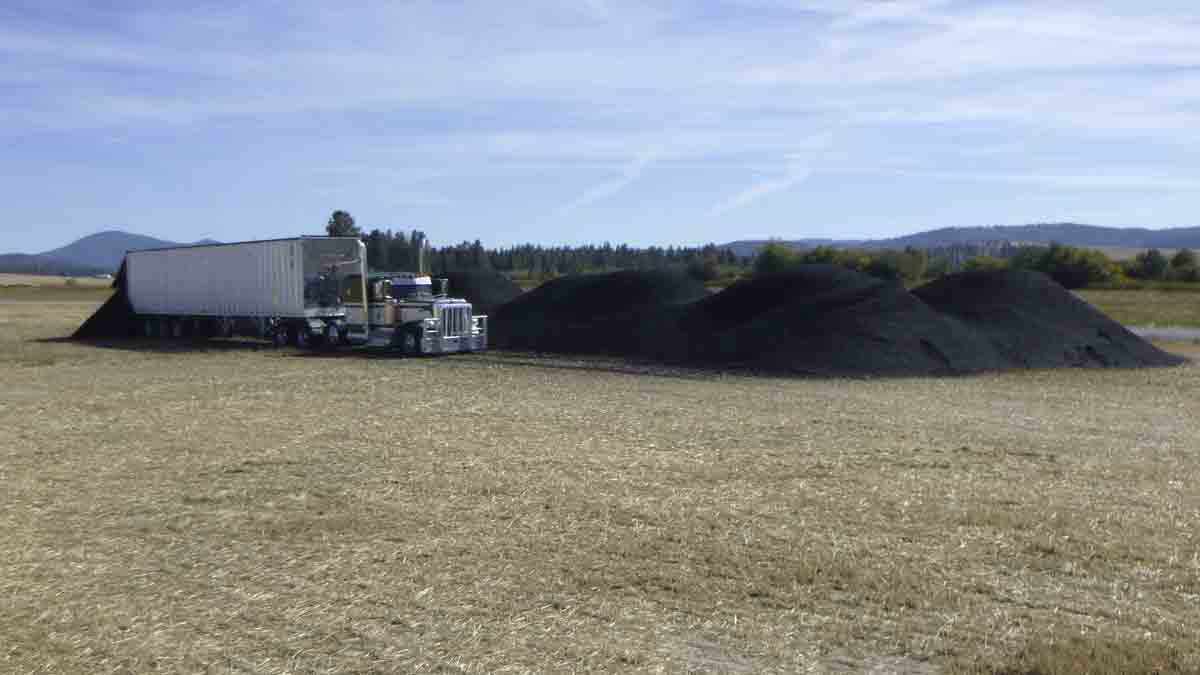
Restoring Salmon Fishery
University of Idaho researchers are helping the Schitsu’umsch (Coeur d’Alene) Tribe create a blueprint for restoring a culturally important former salmon and steelhead fishery that’s become channelized, sediment-filled and warm.
Hangman Creek was once the only place within Schitsu’umsh Reservation boundaries where tribal members could catch anadromous fish, which migrate up rivers from the ocean to spawn. According to an account from 1873, Hangman used to be so loaded with Chinook salmon and redband steelhead that they blocked the view of the streambed.
Now Hangman supports only a small, resident redband population, as most of its reaches have been degraded by decades of private owners, straightening the creek and disconnecting it from its historic floodplain to expand cropland. Engineered structures like dams and culverts also alter historic fish migrations.
The tribe secured a one-year, $250,000 planning grant through the National Fish and Wildlife Federation’s America the Beautiful Challenge to identify highly erodible areas contributing sediment into the creek and plan site-specific solutions. The tribe will be collaborating with scientists from U of I’s College of Agricultural and Life Sciences (CALS) — Erin Brooks, Mariana Dobre and Laurel Lynch, all faculty within the Department of Soil and Water Systems.
The tribe is also researching the use of biochar to raise water levels in the stream through its participation in the CALS-led Innovative Agricultural and Marketing Partnership for Idaho (IAMP). IAMP, funded with a five-year, $55 million grant through the U.S. Department of Agriculture, incentivizes farmers throughout Idaho to adopt designated climate-smart agricultural practices. Biochar, made by burning fuel at high heat and low oxygen, is known to increase the ability of soil to absorb and retain water, while also lending nutrients. About 14 truckloads of biochar will be spread this fall throughout 50 acres of the tribal farm, and the tribe will install sensors to work with U of I on measuring how applications affect soil carbon and greenhouse gas emissions. The project will also evaluate how biochar affects farm productivity.
The tribe acquired the biochar from an outside supplier but has purchased a mobile biochar production system, called a CharBoss, to begin making biochar from slash piles left by forest thinning on the reservation.
“There was a double opportunity to engage in practices that are going to help those producers be more resilient in the face of increasing drought and heat, but also encourage practices that are going to rebuild a lot of the loss of topsoil, sediment and nutrients on the landscape and be in better harmony with water quality and our fishery-restoration objectives,” said Laura Laumatia, environmental programs manager with the Schitsu’umsch Tribe.
For the America the Beautiful Challenge work, U of I researchers will implement the U.S. Department of Agriculture’s Water Erosion Prediction model (WEPPcloud), which was developed for agricultural land but has been adjusted by U of I for predicting erosion on forested land. Hangman, which contains both agricultural and forested reaches, is the major contributor of sediment into the Spokane River, which flows into the Columbia River. Modeling results will help the tribe establish priorities for its Salmon Plan as it seeks to strategically purchase erodible properties and implement solutions aimed at keeping sediment out of the stream.
“With the modeling component, we hope to identify hillslopes currently in crop production that generate higher levels of erosion,” Dobre said. “Once these problem areas are identified, the tribe plans to decommission some of them and possibly change the land cover from agricultural crops to culturally significant vegetation.”
Researchers plan to install water monitoring instruments this fall to measure dissolved oxygen, temperature, water quality and other factors that will help calibrate the model, along with measurements from an existing U.S. Geological Survey stream gage. Lynch will oversee the field work, including taking soil samples starting next spring as a baseline for tracking soil-health improvements over time.
The model can also simulate the potential for erosion based on anticipated long-term changes in climactic conditions.
“The majority of erosion in a watershed often happens from a minority of the land. It could be that 90% of erosion happens from 20% of the landscape within the watershed,” Brooks said. “Targeted management to reduce erosion is a good strategy.”
The tribe’s Fisheries and Wildlife Program began efforts to restore Hangman nearly three decades ago, acquiring important land as it becomes available and restoring riparian areas to replenish spring flows into the creek by reintroducing beavers and installing manmade beaver dams. The tribe intends to pursue another grant from the National Fish and Wildlife Federation to implement additional solutions.
A second prong of the tribe’s strategy to bring back anadromous fish has been pursuing grants to support releasing hatchery-bred Chinook salmon. Following the release of juvenile Chinook into Hangman in 2021, two of the tagged fish made it to the Pacific Ocean and returned two years later to the first dam on the Columbia River. One of those fish was transported to Hangman to complete its migration.
“The journey of that fish I think was an inspiration and really paved the way for a lot of bigger support for fish restoration in the Upper Columbia,” Laumatia said. “It was part of the realization that Chinook are incredibly resilient. They are sensitive to temperatures, but they want to be home.”
For now, the Schitsu’umsch Tribe and U of I will focus on making Hangman a suitable place for a homecoming.
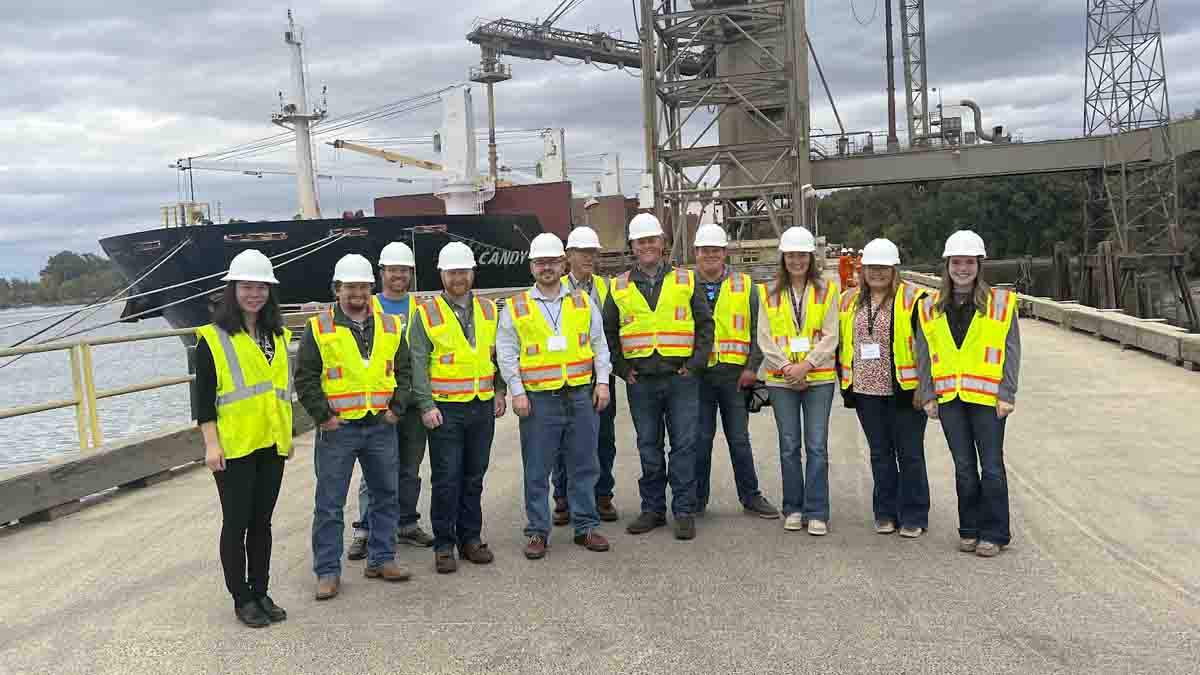
New Summer Internship
Undergraduates from throughout the country will assist University of Idaho agricultural economists with research and Extension projects during the next five summers as part of a new internship program.
The eight-week internships will be open to 10 students per summer, offering each participant in the initial group a $5,150 stipend plus travel costs and expenses. Stipends will be adjusted each summer for inflation. The program is funded with a $750,000 grant from the U.S. Department of Agriculture’s National Institute of Food and Agriculture (USDA-NIFA).
Five faculty members in U of I’s Department of Agricultural Economics and Rural Sociology (AERS) who are co-principal investigators of the grant — Xiaoli Etienne, Hernan Tejeda, Norm Ruhoff, Andres Trujillo-Barrera and Brett Wilder — will serve as mentors who will oversee a pair of undergraduates per summer. Undergraduates from every state are welcome to apply, but the team has focused its recruiting efforts on undergraduates at University of Idaho, Brigham Young University-Idaho in Rexburg, the College of Southern Idaho in Twin Falls and the College of Western Idaho in Nampa. The deadline to apply for an internship is Dec. 5.
Participants will work on important research and extension projects related to agricultural commodity marketing and risk management. The internships offer unique opportunities for undergraduates, including the possibility of presenting at the Idaho Conference on Undergraduate Research, which is hosted in Boise during June, or the opportunity to be the lead author on an Extension publication or an informational article. Interns are expected to work full time during the period of the program.
In addition to the opportunity to learn from expert faculty, interns will witness the logistics of grain shipping and exporting during an all-expenses-paid, week-long industry tour. During this tour, they will visit grain elevators, the Port of Portland, the Wheat Marketing Center and other important links in the supply chain.
Applicants will be asked to submit a short essay detailing their interest, as well as references. Etienne has already received applications from as far away as Texas and Virginia in response to her personal social media posts.
“Most of all, we are looking for people who are passionate about the commodity field,” said Etienne, who serves as the project director of the grant.
Tejeda plans to use his interns to tackle several projects that have remained on the backburner due to higher priorities. For example, he’d like to have them work on bulletins covering risk-management topics for both dairy and beef cattle, risk associated with dairy carbon markets in the Pacific Northwest and navigating support programs for both dairy and beef cattle in the forthcoming federal Farm Bill.
“This will definitely help because I have ideas, but don’t always have the time,” Tejeda said.
Tejeda is optimistic that some of the interns may go on to attend graduate school at U of I after forging relationships with AERS faculty and learning about grant opportunities for U of I master’s students in AERS.
Interest applicants may wish to check out the project website for detailed application information.
Faces and Places
The CALS Soil Judging Team won their third straight Northwest Regional Soil Judging championship on Oct. 12 in Moscow. Five Vandals placed in the top 10 including three in the top five. The team advances to the 2025 National Collegiate Soil Judging Contest in Stevens Point, Wisconsin held April 27-May 2, 2025.
Michael Colle, an associate professor of meat science, has been selected as a co-chairman of Leadership Idaho Agriculture’s Class 45.
Gustavo Teixeira, an assistant professor and Extension specialist of potato postharvest physiology, is co-chair of the Idaho Association of Plant Protection 2024 Annual Meeting, which will be hosted Nov. 6-7 at the Herrett Center on the College of Southern Idaho campus in Twin Falls.
Professor and Extension Specialist Saad Hafez retires on Oct. 31 after 42 years of service to the University of Idaho. Hafez joined the CALS faculty in 1982 as a research associate and established the first nematology program in the state of Idaho. He has received numerous awards for his contributions to agriculture, including induction into the Idaho Mint Hall of Fame by the Idaho Mint Grower Association, election as a Fellow of the Society of Nematologists and the Idaho Governor’s Award for Excellence in Agriculture.
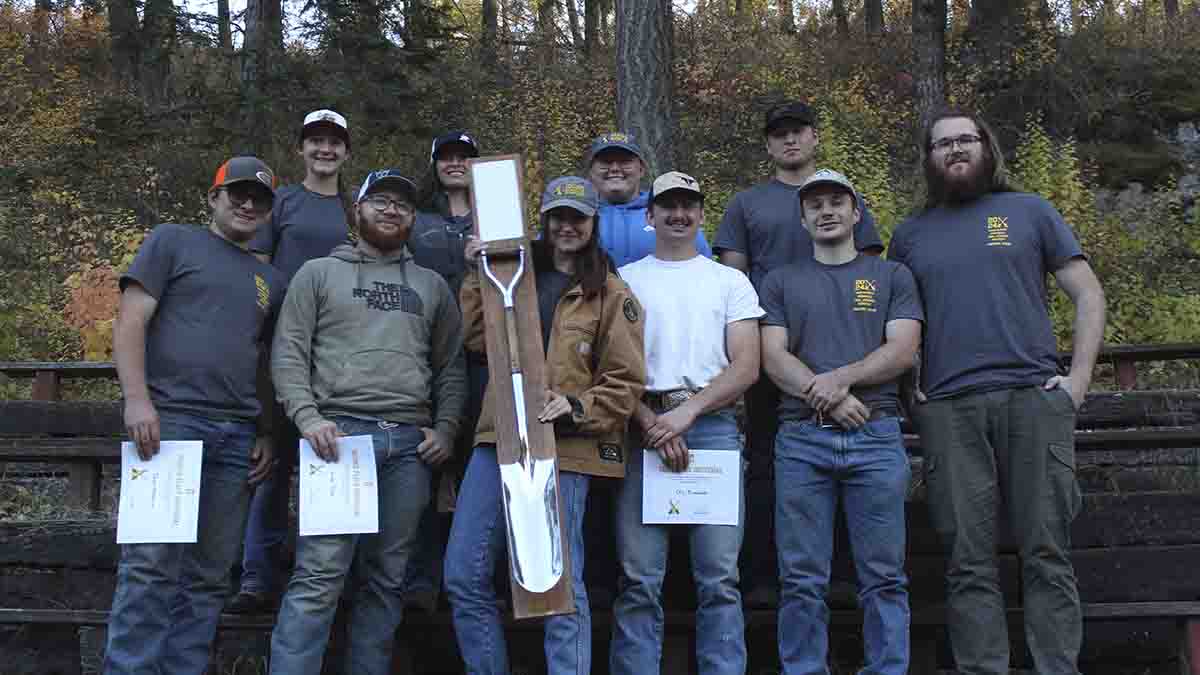
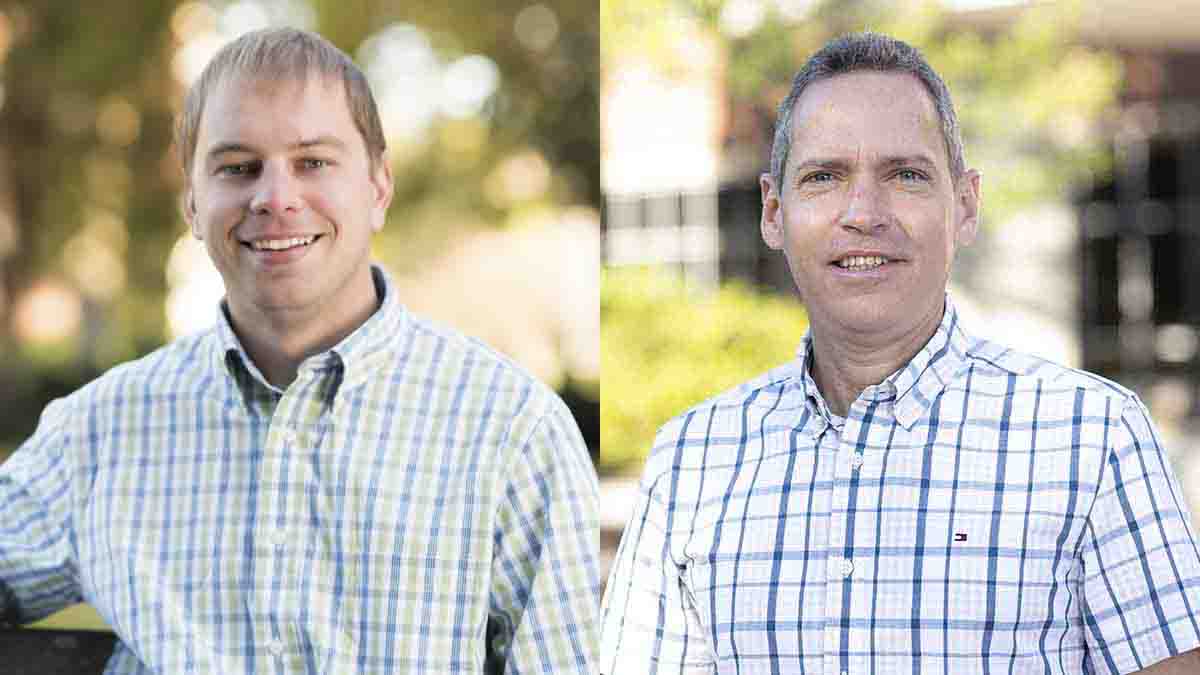
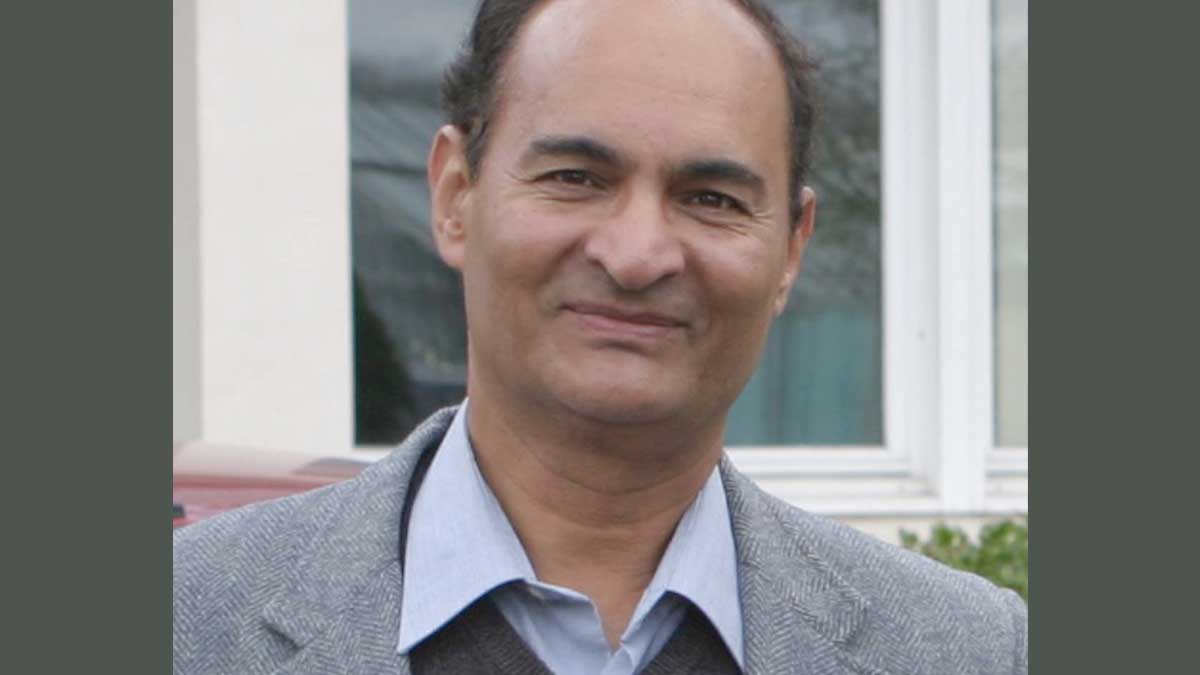
CALS students in the Agricultural Commodity Risk Management program recently traveled to Portland, Oregon to learn more about the grain industry and production. The group stopped by the U.S. Wheat Marketing Center, Columbia Grain, the Port of Portland and Bonneville Dam. The tour was led by Xiaoli Etienne, associate professor and Idaho Wheat Commission Bill Flory Endowed Chair in Commodity Risk Management and Bill Flory, former Idaho Wheat Commissioner.
CALS Ambassadors recently attended the National FFA Convention to recruit students to the college, alongside peers from the U of I College of Natural Resources. UI Extension Specialist Randy Brooks also represented U of I at the event.
Brad Stokes, UI Extension educator in Canyon County, and Armando Falcon-Brindis, assistant professor and Extension specialist at the Parma Research and Extension Center, recently participated in a documentary, Beyond the Buzz, for Idaho Public Television about the status of Idaho's bee population and efforts to catalog the species who live here.
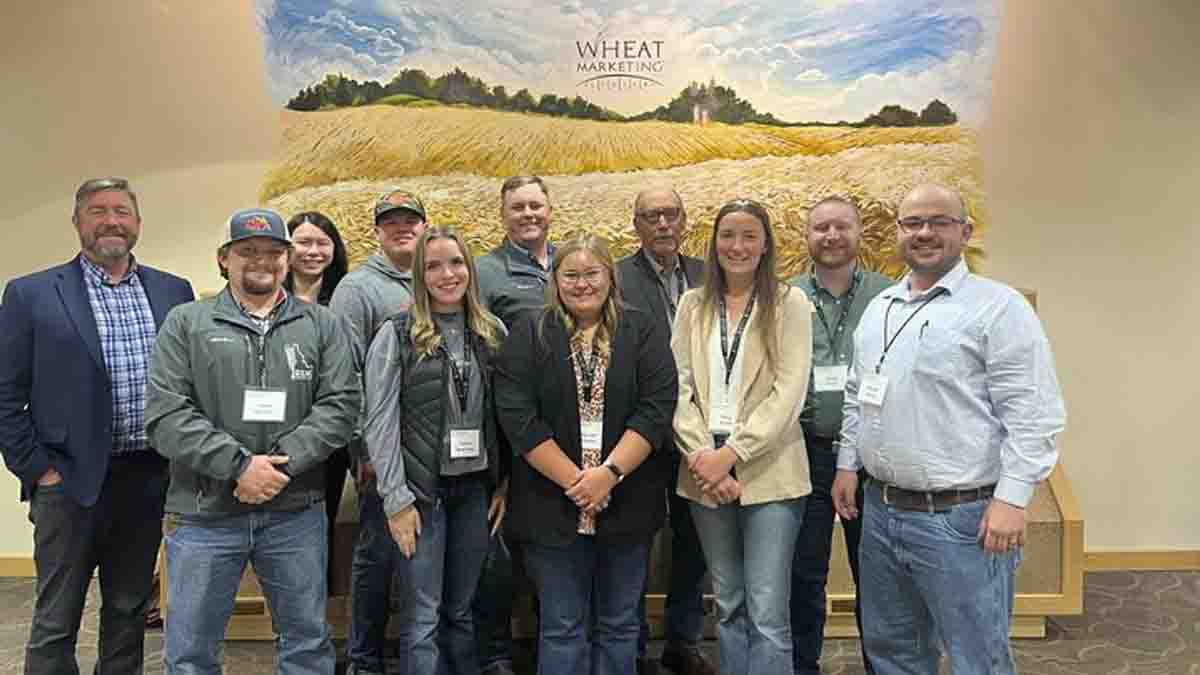
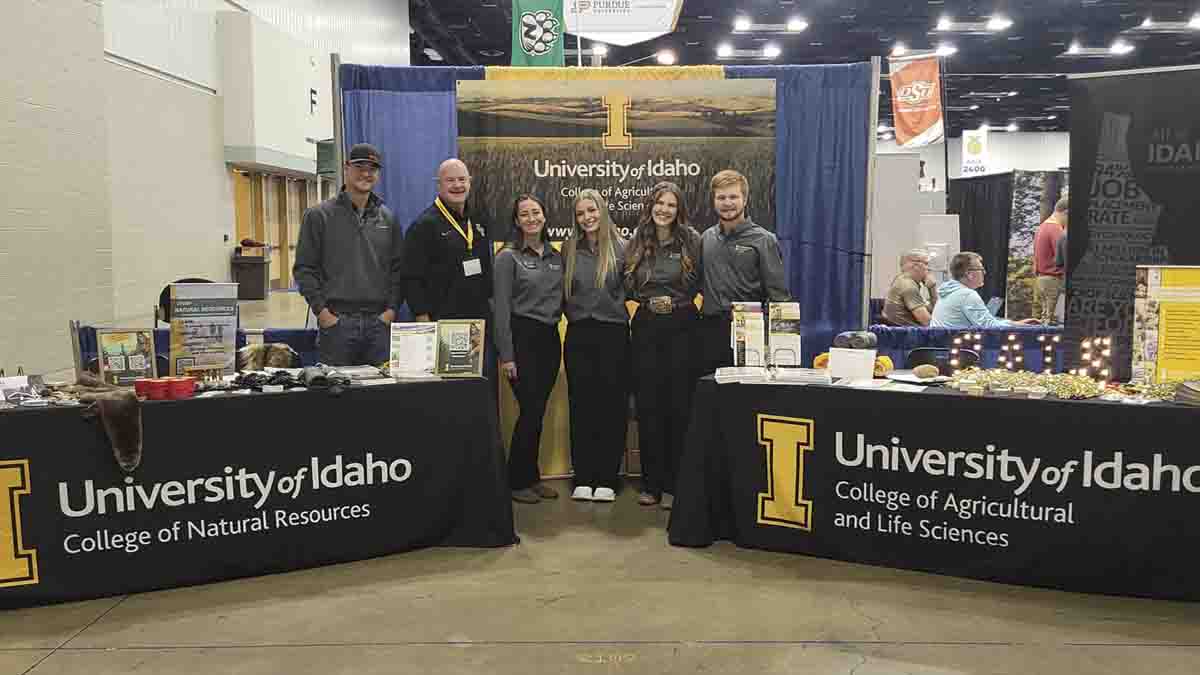
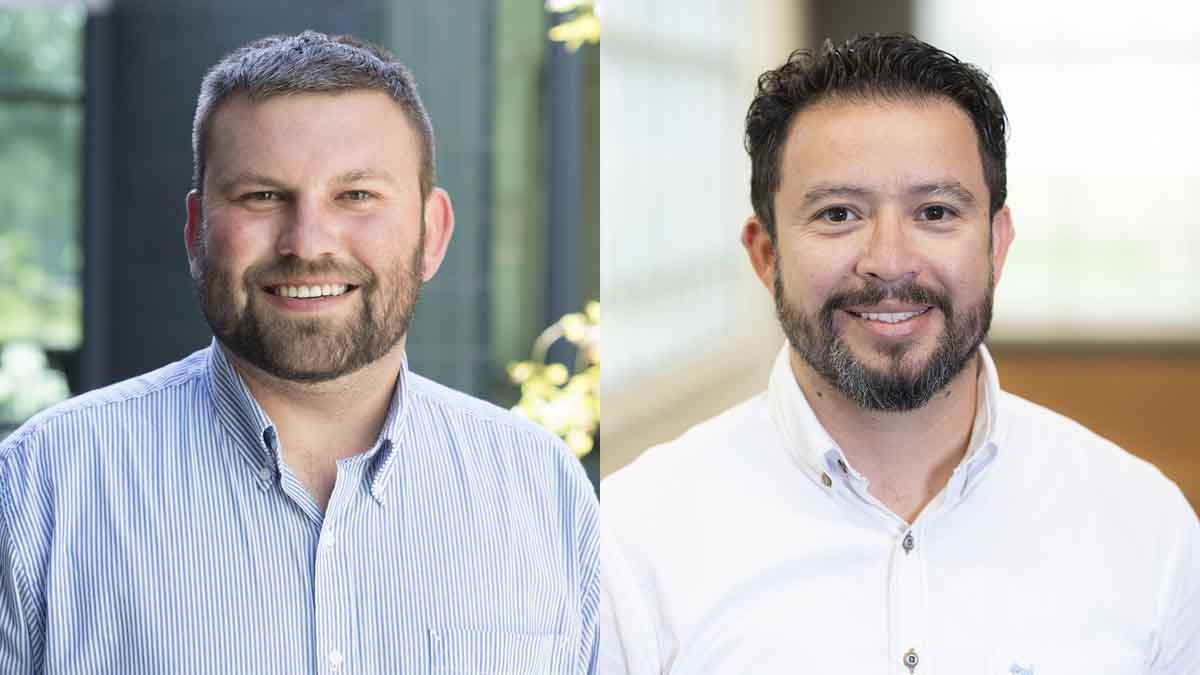
Events
- Oct. 31, Nov. 7 & 14, Dec. 5 & 12 — Forestry Shortcourse, Sandpoint
- Nov. 4 — One Pot Budget Wonder: Make and Take an Easy Fall Meal, Moscow
- Nov. 5, 12, 19 — Get the Dish: A Virtual Cooking Series, Online
- Nov. 6-8 — Heifer Development Workshop flyer (pdf) at locations: Cambridge Nov. 6; Malad Nov. 7; Salmon Nov. 8
- Nov. 7 — Holiday Food Hacks, Online
- Nov. 8 — Selkirk-Pend Oreille Food Summit, Sandpoint Organic Agriculture Center
- Nov. 20 — Third Wed. monthly to April 16 — Heritage Orchard Conference, Online
- Nov. 21 — Kids in the Kitchen Virtual Cooking Club, Online







